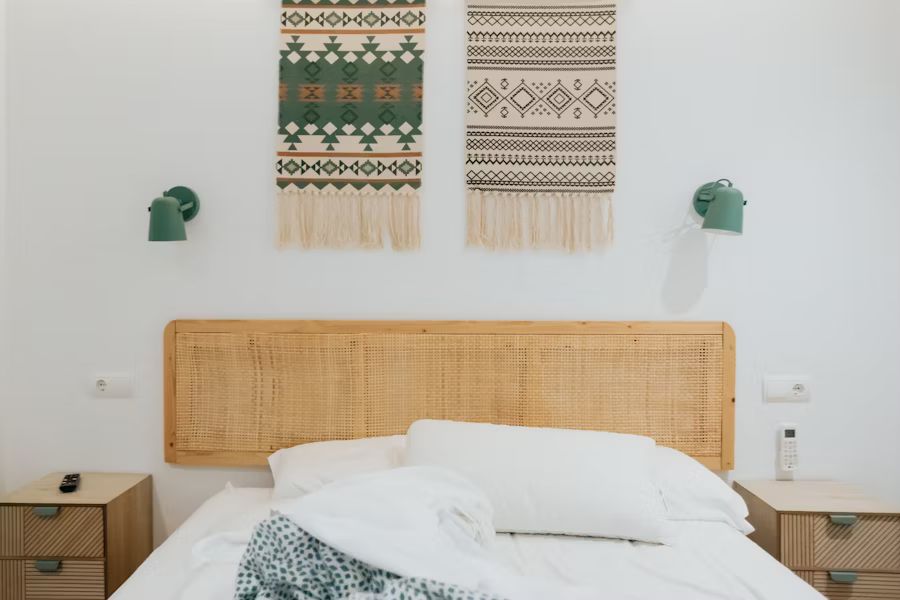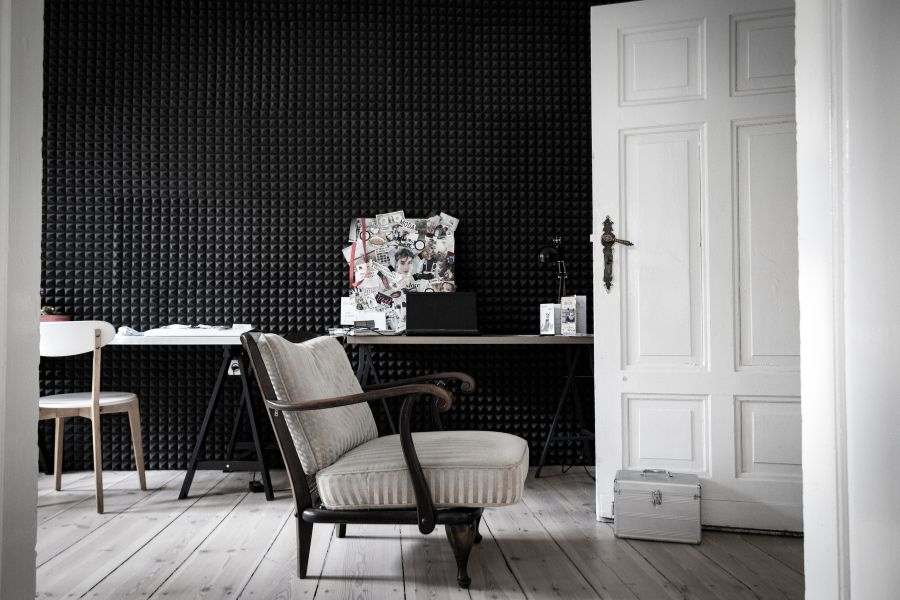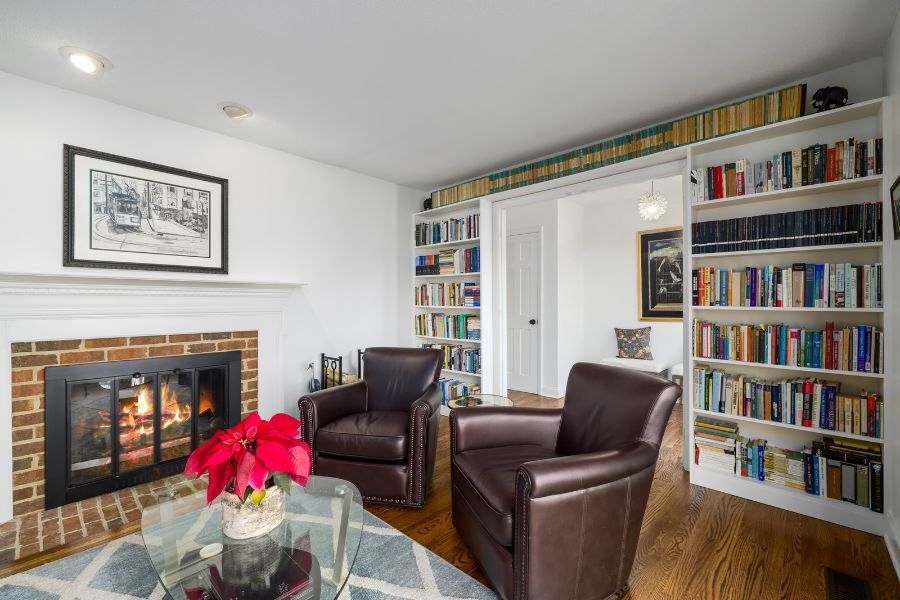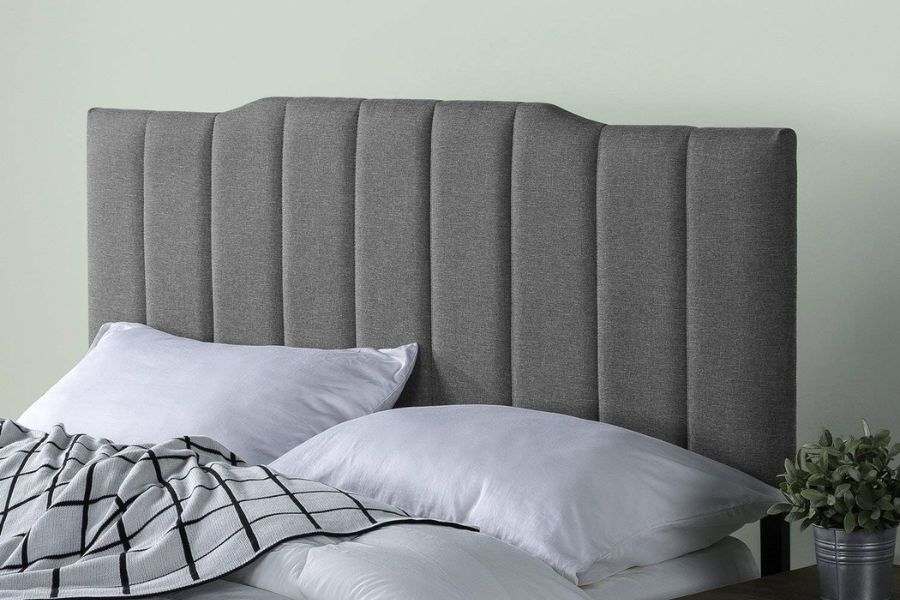15 Wall Soundproofing Ideas That Actually Work (and Look Good Too)
Tired of hearing every sound through your wall? I’ve been there. Here are 15 soundproofing ideas that actually work — from cozy DIY fixes to renter-friendly hacks that’ll bring back your peace and quiet.

You know that one wall in your place that just… leaks noise?
Like, you could practically join the conversation next door without even trying? Been there.
When I first moved into my apartment, I had no idea how thin the walls were. Every footstep, every cough, every midnight TV binge — I heard it all.
At first, I thought, “Okay, maybe I’ll get used to it.” But, I didn’t.
So I started looking for ways to block the noise, without tearing down walls or spending thousands.
And wow, there’s actually a lot you can do. Some are cute. Some are practical. Some are just weird but weirdly effective.
If you’re tired of hearing the world through your wall, here are 15 soundproofing ideas that can actually help — and most of them look pretty good while doing it.
1. Hang Fabric Wall Tapestries

This was the very first thing I tried, mostly because I already had a tapestry and some push pins.
And honestly… It helped way more than I expected.
Thick fabric acts like a mini sound barrier, especially if you hang it over the part of the wall that’s sharing sound.
Bonus tip? Don’t let it lie flat. Let it hang loosely or even double it up so there’s an air gap behind it — that extra layer helps trap the noise better.
And yes, you can find some gorgeous ones that look like art. Boho, minimal, bold colors — whatever your vibe, it can totally work as both decor and sound protection.
Also read: How to Soundproof a Room DIY
2. Use Acoustic Foam Panels

Okay, so you’ve probably seen these in recording studios — those squishy triangle-shaped panels stuck to the wall.
But hear me out: they totally work at home too.
You don’t have to cover the whole wall like a sound booth.
Just placing a few strategically (especially where the noise seems to come through the most) can help absorb sound and reduce echo.
I picked some neutral-colored ones that blend into my wall, and honestly? It looks kind of cool — like a quiet little corner with a purpose.
They’re lightweight, renter-friendly if you use removable adhesive strips, and you can even cut them into cute shapes if you’re feeling creative.
Also read: How to Soundproof a Ceiling
3. Apply Mass Loaded Vinyl
This one’s for when you’re ready to go a bit more hardcore (but still totally doable).
Mass loaded vinyl — or MLV if you wanna sound fancy — is a super dense, flexible material that’s made to block sound. It’s the stuff pros use, but you can DIY it too.
You can staple or nail it directly onto the wall, or even hide it behind shelves or large art pieces if you don’t love the industrial look.
It’s not the cheapest fix, but it’s way more affordable than tearing your wall apart, and the sound-blocking power is legit.
I’d say this is a solid option if your neighbor is really testing your patience.
Also read: How to Soundproof Your Floor Cheaply
4. Build a Bookshelf Wall

This is one of my favorite cozy girl hacks — because it works and looks cute.
Stacking a tall bookshelf (or a few) against your noisy wall adds both mass and soft surfaces, which help absorb sound.
Fill it up with books, baskets, folded blankets — anything that adds weight and texture. The fuller, the better.
I did this in my bedroom with two IKEA shelves side by side, and it honestly made the space feel quieter and more lived-in.
Plus, bonus storage. You can’t go wrong.
Also read: Best Ways to Soundproof a Window
5. Try Soundproof Wallpaper
Yes, it’s a thing. And no, it’s not just regular wallpaper pretending to be useful — this stuff actually works.
Soundproof wallpaper is usually made with foam or other padded layers that help muffle noise.
It’s not gonna block a full-blown party next door, but it can seriously take the edge off constant low sounds — like talking, TV, or footsteps.
The best part… It looks just like normal wallpaper.
I found some in cute patterns that made my wall feel less boring and a little quieter.
If you’re renting, look for peel-and-stick versions — they go on super easily and come off clean when you move.
Also read: These Are The Best Ways to Soundproof Your Bathroom
6. Add Fabric-Wrapped Art

If you already hang art on your walls, this one’s a sneaky upgrade.
Instead of basic prints or posters, use fabric-wrapped canvases — or even better, DIY your own.
Just grab a wooden frame, stretch some thick fabric over it (I used an old curtain, no joke), and staple it in place. Boom — instant sound-absorbing wall art.
You can layer a few together in a gallery style or make one big statement piece.
It softens noise and adds a cozy, custom vibe to the room. Win-win.
Also read: How to Soundproof a Door
7. Stick Peel-and-Stick Panels
If you’re renting or just don’t feel like drilling into walls, peel-and-stick acoustic panels are your new best friend.
They’re lightweight, come in all kinds of colors and shapes, and actually make a noticeable difference in echo and noise.
I used hexagon-shaped ones in my workspace wall — super cute, super easy to stick on, and they didn’t mess up the paint when I moved them.
They’re not gonna block every sound, but if your wall just needs a little quieting down, this is such a low-effort, high-impact fix.
8. Create a Corkboard Wall

Okay, this one’s underrated.
A big corkboard wall doesn’t just look artsy and organized — it also helps absorb sound.
Cork is naturally dense and soft, which means it can help muffle echoes and low-level noise.
You can buy cork panels and cover an entire section of your wall, or frame out one large piece. Pin up photos, notes, postcards — it becomes this warm, personal wall that also makes your space feel quieter.
I made one near my desk, and honestly… It’s now my favorite little corner.
Also read: How to Soundproof Your Room On a Budget
9. Hang Moving Blankets
Not the prettiest fix… but oh wow, does it work.
Moving blankets are thick, dense, and made to protect furniture, which also makes them surprisingly great at blocking sound.
I used one behind my bed for a while (just hung it like a curtain), and it made the wall feel instantly more solid.
If you want it to look a little less “storage unit,” you can drape a fabric over it or even sandwich it behind a cute tapestry.
It’s budget, it’s easy, and it works — especially for bedrooms or temporary fixes.
10. Use a White Noise Machine
Okay, technically this isn’t soundproofing the wall… but it does make a difference in how much you notice the noise coming through it.
A good white noise machine can mask annoying sounds like muffled voices, footsteps, or that one neighbor who loves late-night phone calls.
I use one every night — and when I forget to turn it on, I notice.
You can pick different sounds too — rain, fan, static — whatever helps you tune out the wall and tune into sleep.
11. Seal Gaps with Acoustic Caulk
If your wall has little cracks, gaps, or even a tiny opening where it meets the floor or ceiling, sound will sneak through. And trust me, it adds up.
Acoustic caulk (not regular caulk!) is made to stay flexible and block sound.
Just run a bead along any cracks, seams, or around outlets. It’s not glamorous, but it’s one of those sneaky things that quietly does the heavy lifting.
I did this in my last apartment, and it made a bigger difference than I expected, especially when I paired it with one or two other fixes.
12. Hang Thick Wall Curtains
This one’s for when you want your wall to feel softer and quieter.
Heavy, floor-length curtains — the kind meant to block out light — also help block out sound.
I installed a curtain rod across a full wall (not just the window) and hung thick velvet panels. It instantly felt warmer, cozier, and yeah… quieter.
If you’re in a rental, use a tension rod or those removable command hooks — no drilling needed.
And if you want to be extra, layer two sets. That little air pocket between them adds even more sound absorption.
13. Install Double Drywall
Alright, this one’s definitely more of a project — but if you own your space or have a landlord who’s cool with upgrades, it’s a game-changer.
Adding a second layer of drywall with something called Green Glue in between creates a thick, sound-blocking sandwich.
Green Glue is this magical noise-dampening compound that absorbs vibrations like a pro.
I haven’t done this one myself (yet), but I’ve bookmarked it for the day I settle down in a forever place.
If you’re dealing with really loud walls — like constant bass or loud voices — this one’s worth looking into.
14. Build a Faux Inner Wall
Okay, so this sounds extreme, but it’s actually kinda genius if you’re up for a weekend project.
A faux wall is basically a thin frame you build just in front of your real wall, leaving a small gap in between.
You can fill that gap with insulation (like Rockwool or acoustic panels), then cover the frame with drywall or plywood. It’s like giving your wall a soundproof jacket.
This one’s not for the faint of heart — but if you’ve got tools, patience, and a loud-as-heck neighbor? It can make your space feel like your space again.
15. Use a Soundproof Headboard

If your bedroom wall is the problem (especially the one your bed’s against), a soundproof headboard can help more than you’d think.
You can buy one with built-in padding or even make your own — just wrap thick foam with fabric and attach it to the wall behind your bed.
Not only does it block sound from the wall, but it also makes your bed feel extra plush and cozy. It’s like a little buffer zone between you and the noise.
I did this in my old place, and it made sleep so much better — plus, it looked like something out of a boutique hotel.
One Last Thing Before You Go
Soundproofing a wall doesn’t have to mean gutting your space or spending a fortune.
Sometimes, it’s as simple as hanging a blanket or rearranging a bookshelf. Other times, it’s grabbing a drill and going full DIY mode.
Either way, you’ve got options.
I know how draining it is to live with constant noise.
It messes with your focus, your sleep, your peace. So if no one’s said this yet: you totally deserve a quiet, calm space.
Even if it’s just one wall at a time.
If you try any of these, let me know what worked (or didn’t). Or if you’ve got your own genius hack? Slide it my way — I’m always adding to the list.
